The Largest Moons In The Solar System

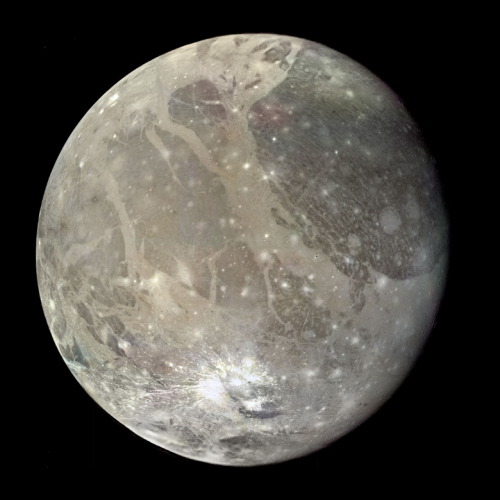
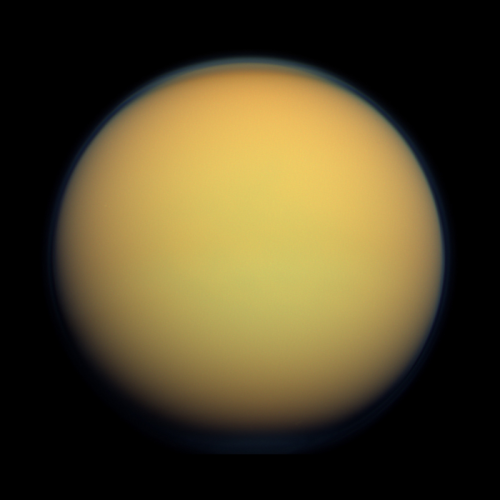
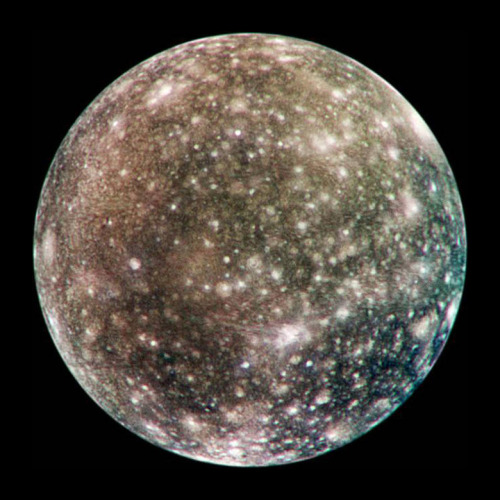
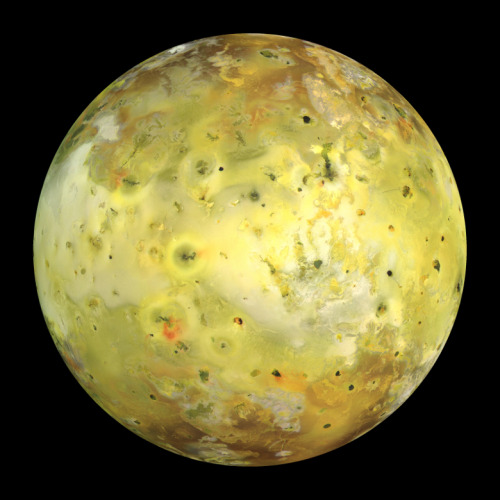
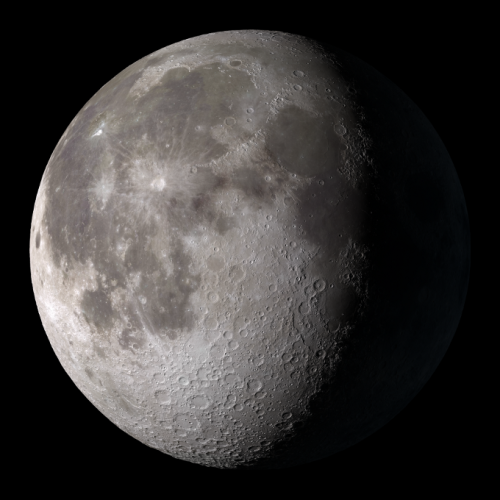
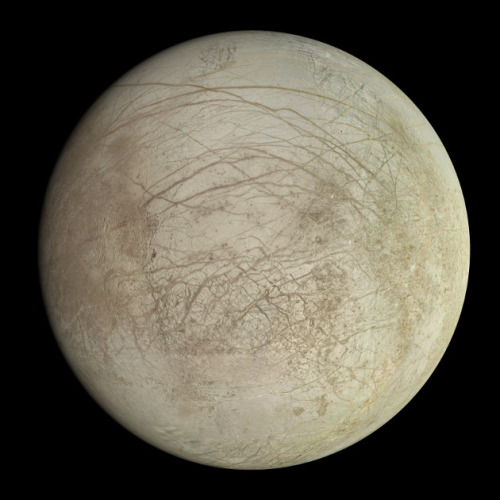
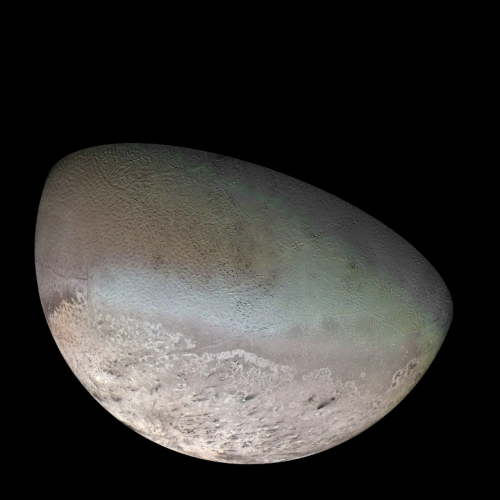
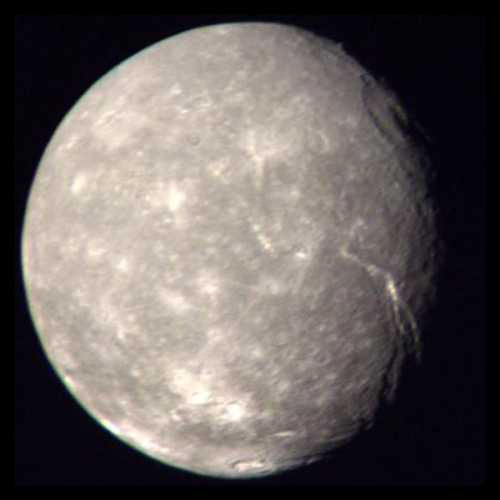
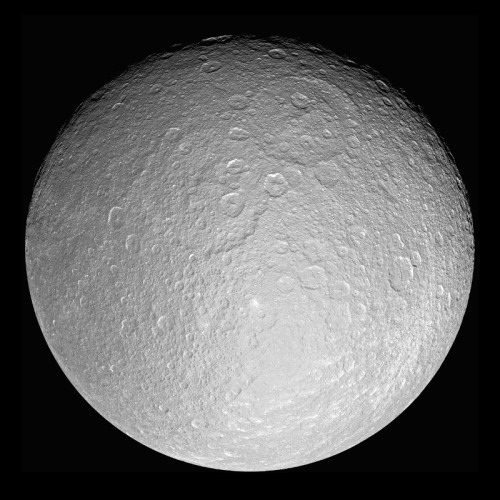
The Largest Moons in the Solar System
Ganymede: Orbits Jupiter, Diameter 5,262 km
Titan: Orbits Saturn, Diameter 5,150 km
Callisto: Orbits Jupiter, Diameter 4,821 km
Io: Orbits Jupiter, Diameter 3,643 km
The Moon: Orbits Earth, Diameter 3,475 km
Europa: Orbits Jupiter, Diameter 3,122 km
Triton: Orbits Neptune, Diameter 2,707 km
Titania: Orbits Uranus, Diameter 1,578 km
Rhea: Orbits Saturn, Diameter 1,529 km
More Posts from Allisonkitten and Others
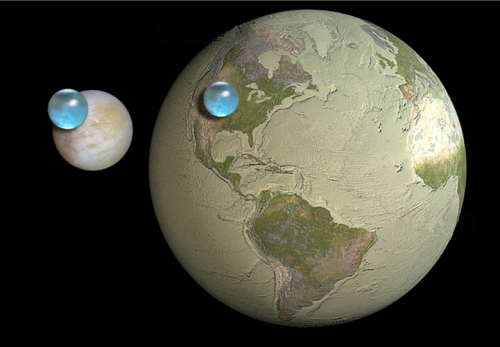
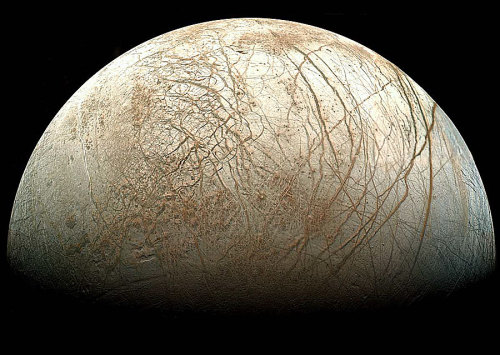
Life on an Icy Moon
Jupiter’s moon Europa is the size of the Earth’s moon, and yet it holds more than twice as much water as all of Earth’s oceans combined. Europa’s salty ocean covers the entire surface, and the crust is completely frozen over because the moon is 780,000,000 km from the sun and has an average temperature of -160 degrees Celsius. The icy moon’s orbit is eccentric, orbiting in an oval instead of a circle, and so Jupiter’s enormous gravitational pull constantly squeezes and stretches the moon, creating constant motion and likely the surface cracks too. This tidal heating generates warmth, which creates a significant chance that this distant ocean is harboring life. Radiation from Jupiter’s magnetosphere could destroy life at shallow depths, but new research suggests that there’s oxygen available in the subsurface ocean that could support oxygen-based metabolic processes. Scientists must now determine how deep such organisms must hide in order to avoid radiation, and therefore how deep we need to go to find them. The icy crust might be hundreds of metres or even kilometres thick, and so sending a probe through the surface would be difficult, but we have to try, because Europa is one of the best potential sources for extraterrestrial life in the solar system.
Read more—could the oceans be too acidic for life?
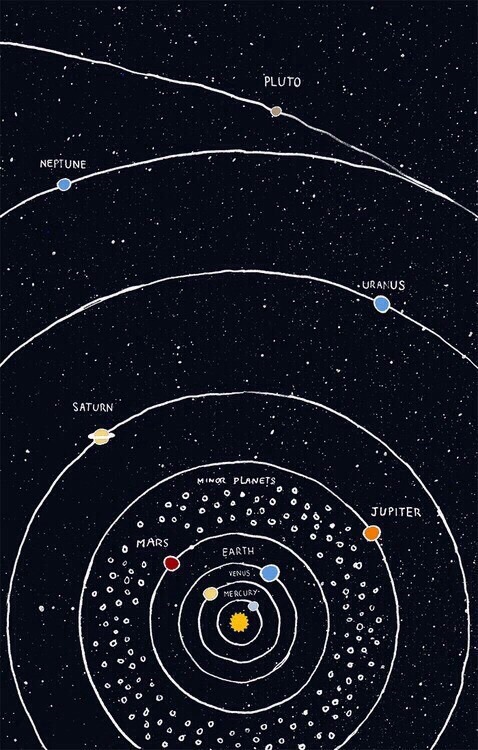
TESS: The Planet Hunter
So you’re thinking…who’s TESS? But, it’s more like: WHAT is TESS?
The Transiting Exoplanet Survey Satellite (TESS) is an explorer-class planet finder that is scheduled to launch no later than June 2018. This mission will search the entire sky for exoplanets — planets outside our solar system that orbit sun-like stars.

In the first-ever space borne all-sky transit survey, TESS will identify planets ranging from Earth-sized to gas giants, orbiting a wide range of stellar types and orbital distances.
The main goal of this mission is to detect small planets with bright host stars in the solar neighborhood, so that we can better understand these planets and their atmospheres.

TESS will have a full time job monitoring the brightness of more than 200,000 stars during a two year mission. It will search for temporary drops in brightness caused by planetary transits. These transits occur when a planet’s orbit carries it directly in front of its parent star as viewed from Earth (cool GIF below).

TESS will provide prime targets for further, more detailed studies with the James Webb Space Telescope (JWST), as well as other large ground-based and space-based telescopes of the future.
What is the difference between TESS and our Kepler spacecraft?
TESS and Kepler address different questions: Kepler answers “how common are Earth-like planets?” while TESS answers “where are the nearest transiting rocky planets?”

What do we hope will come out of the TESS mission?
The main goal is to find rocky exoplanets with solid surfaces at the right distance from their stars for liquid water to be present on the surface. These could be the best candidates for follow-up observations, as they fall within the “habitable zone” and be at the right temperatures for liquid water on their surface.
TESS will use four cameras to study sections of the sky’s north and south hemispheres, looking for exoplanets. The cameras would cover about 90 percent of the sky by the end of the mission. This makes TESS an ideal follow-up to the Kepler mission, which searches for exoplanets in a fixed area of the sky. Because the TESS mission surveys the entire sky, TESS is expected to find exoplanets much closer to Earth, making them easier for further study.
Stay updated on this planet-hunting mission HERE.
Want to learn more? Join our Twitter Q&A on May 18 at 1:00 p.m. EDT. Use #AskTESS for questions!
Make sure to follow us on Tumblr for your regular dose of space: http://nasa.tumblr.com
!!!





Bonus comic!
Yahoo! Einstein was right again! :D We now have our first detection of gravitational waves!
http://www.nytimes.com/2016/02/12/science/ligo-gravitational-waves-black-holes-einstein.html?_r=0
http://www.space.com/17661-theory-general-relativity.html
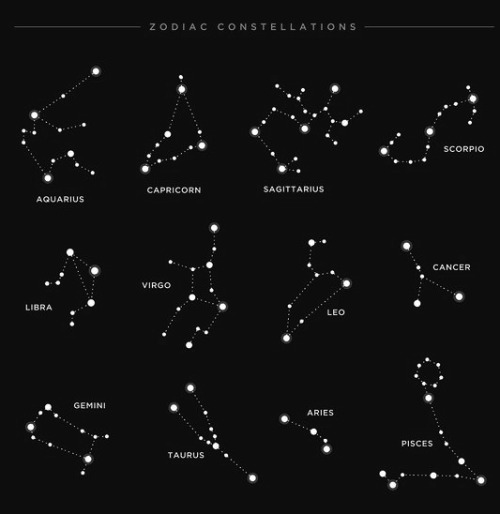
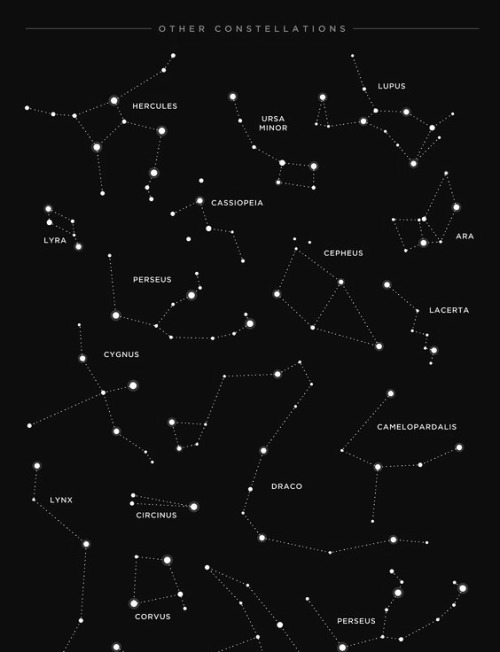
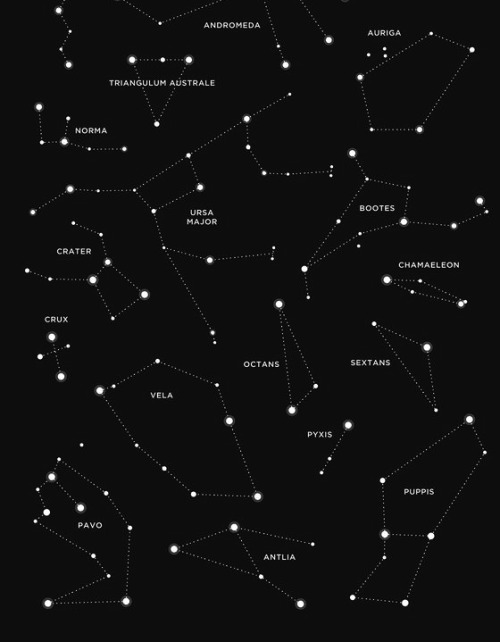


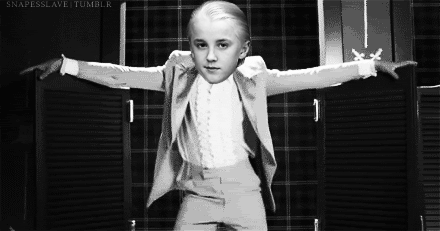

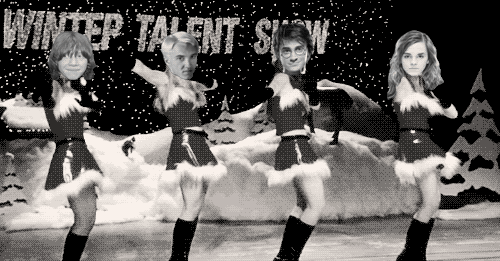




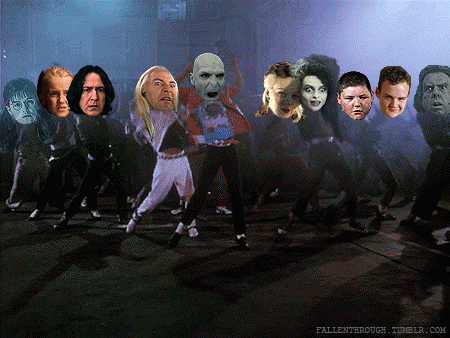
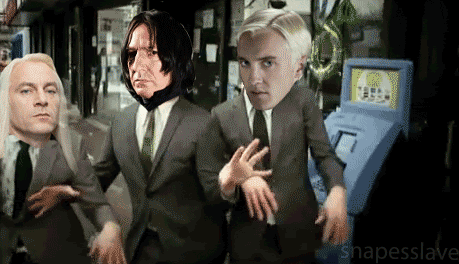
let’s dance!







Straight up
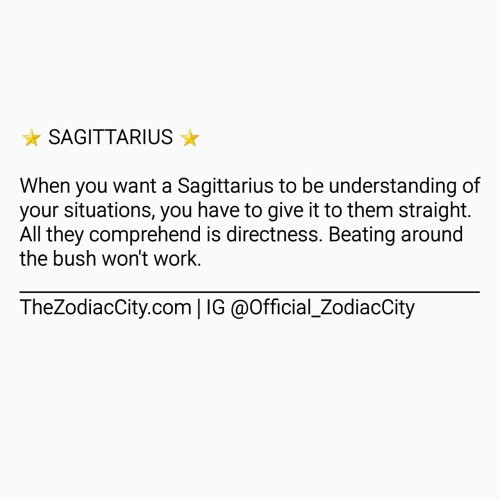
Zodiac Sagittarius | See much more at TheZodiacCity.com
The Shakespearean Moons of Uranus
This weekend marks the 400th anniversary of Shakespeare’s death, and we’re highlighting the moons of Uranus; some of which are named after characters from his works.

While most of the moons orbiting other planets take their names from Greek mythology, Uranus’ moons are unique in bing named for Shakespearean characters, along with a couple of them being named for characters from the works of Alexander Pope.

Using the Hubble Space Telescope and improved ground-based telescopes, astronomers have discovered a total of 27 known moons around Uranus.
Here’s a sampling of some of the unique aspects of the moons:
Miranda

Shakespearean work: The Tempest
Miranda, the innermost and smallest of the five major satellites, has a surface unlike any other moon that’s been seen. It has a giant fault canyon as much as 12 times as deep as the Grand Canyon, terraced layers and surfaces that appear very old, and others that look much younger.
Ariel

Shakespearean work: The Tempest
Ariel has the brightest and possibly the youngest surface among all the moons of Uranus. It has a few large craters and many small ones, indicating that fairly recent low-impact collisions wiped out the large craters that would have been left by much earlier, bigger strikes. Intersecting valleys pitted with craters scars its surface.
Oberon

Shakespearean work: A Midsummer Night’s Dream
Oberon, the outermost of the five major moons, is old, heavily cratered and shows little signs of internal activity. Unidentified dark material appears on the floors of many of its craters.
Cordelia and Ophelia

Shakespearean works: Cordelia - King Lear; Ophelia - Hamlet
Cordelia and Ophelia are shepherd moons that keep Uranus’ thin, outermost “epsilon” ring well defined.
Between them and miranda is a swarm of eight small satellites unlike any other system of planetary moons. This region is so crowded that astronomers don’t yet understand how the little moons have managed to avoid crashing into each other. They may be shepherds for the planet’s 10 narrow rings, and scientists think there must be still more moons, interior to any known, to confine the edges of the inner rings.
Want to learn more about all of Uranus’s moons? Visit: http://solarsystem.nasa.gov/planets/uranus/moons
Check out THIS blog from our Chief Scientist Ellen Stofan, where she reflects on the life and legacy of William Shakespeare on the 400th anniversary of his death on April 23, 1616.
Make sure to follow us on Tumblr for your regular dose of space: http://nasa.tumblr.com
-
 dangerhumming reblogged this · 2 years ago
dangerhumming reblogged this · 2 years ago -
 almighty-irken-invader-zim liked this · 3 years ago
almighty-irken-invader-zim liked this · 3 years ago -
 theoprince96 liked this · 4 years ago
theoprince96 liked this · 4 years ago -
 chaotic-titania liked this · 4 years ago
chaotic-titania liked this · 4 years ago -
 daarkous liked this · 4 years ago
daarkous liked this · 4 years ago -
 hippiebydayrickymartin reblogged this · 4 years ago
hippiebydayrickymartin reblogged this · 4 years ago -
 flowers-and-swords liked this · 4 years ago
flowers-and-swords liked this · 4 years ago -
 xiuminxxlips liked this · 7 years ago
xiuminxxlips liked this · 7 years ago -
 aishatolba liked this · 7 years ago
aishatolba liked this · 7 years ago -
 raedrth liked this · 7 years ago
raedrth liked this · 7 years ago -
 reynaavilaramirezarellano liked this · 7 years ago
reynaavilaramirezarellano liked this · 7 years ago -
 spacekiddw reblogged this · 8 years ago
spacekiddw reblogged this · 8 years ago -
 spacekiddw liked this · 8 years ago
spacekiddw liked this · 8 years ago -
 green-has-moved-to-another-blog reblogged this · 8 years ago
green-has-moved-to-another-blog reblogged this · 8 years ago -
 green-has-moved-to-another-blog liked this · 8 years ago
green-has-moved-to-another-blog liked this · 8 years ago -
 plushnebula reblogged this · 8 years ago
plushnebula reblogged this · 8 years ago -
 wideawakeatmidnight reblogged this · 8 years ago
wideawakeatmidnight reblogged this · 8 years ago -
 teacupthighs liked this · 8 years ago
teacupthighs liked this · 8 years ago -
 brililant liked this · 8 years ago
brililant liked this · 8 years ago -
 kilkood reblogged this · 8 years ago
kilkood reblogged this · 8 years ago -
 buderpfulflower-blog liked this · 8 years ago
buderpfulflower-blog liked this · 8 years ago -
 superclustah reblogged this · 8 years ago
superclustah reblogged this · 8 years ago -
 pharaoh-kas reblogged this · 8 years ago
pharaoh-kas reblogged this · 8 years ago -
 torataurus liked this · 8 years ago
torataurus liked this · 8 years ago -
 searendipitycafe liked this · 8 years ago
searendipitycafe liked this · 8 years ago -
 space-space-baby-blog reblogged this · 9 years ago
space-space-baby-blog reblogged this · 9 years ago -
 allisonkitten reblogged this · 9 years ago
allisonkitten reblogged this · 9 years ago -
 sadbutfadandkindofrad reblogged this · 9 years ago
sadbutfadandkindofrad reblogged this · 9 years ago -
 leafshower reblogged this · 9 years ago
leafshower reblogged this · 9 years ago -
 enchantingqueenengineer-blog liked this · 9 years ago
enchantingqueenengineer-blog liked this · 9 years ago -
 mountains-nd-moons reblogged this · 9 years ago
mountains-nd-moons reblogged this · 9 years ago -
 cosmiclipstick reblogged this · 9 years ago
cosmiclipstick reblogged this · 9 years ago -
 cosmiclipstick liked this · 9 years ago
cosmiclipstick liked this · 9 years ago -
 finders--keepers liked this · 9 years ago
finders--keepers liked this · 9 years ago -
 spaceprincessmika liked this · 9 years ago
spaceprincessmika liked this · 9 years ago -
 inotterwords reblogged this · 9 years ago
inotterwords reblogged this · 9 years ago -
 cnxtelyn liked this · 9 years ago
cnxtelyn liked this · 9 years ago -
 ambivalent-astronomer reblogged this · 9 years ago
ambivalent-astronomer reblogged this · 9 years ago
Just a socially awkward college student with an interest in the celestial bodies in our universe.
279 posts